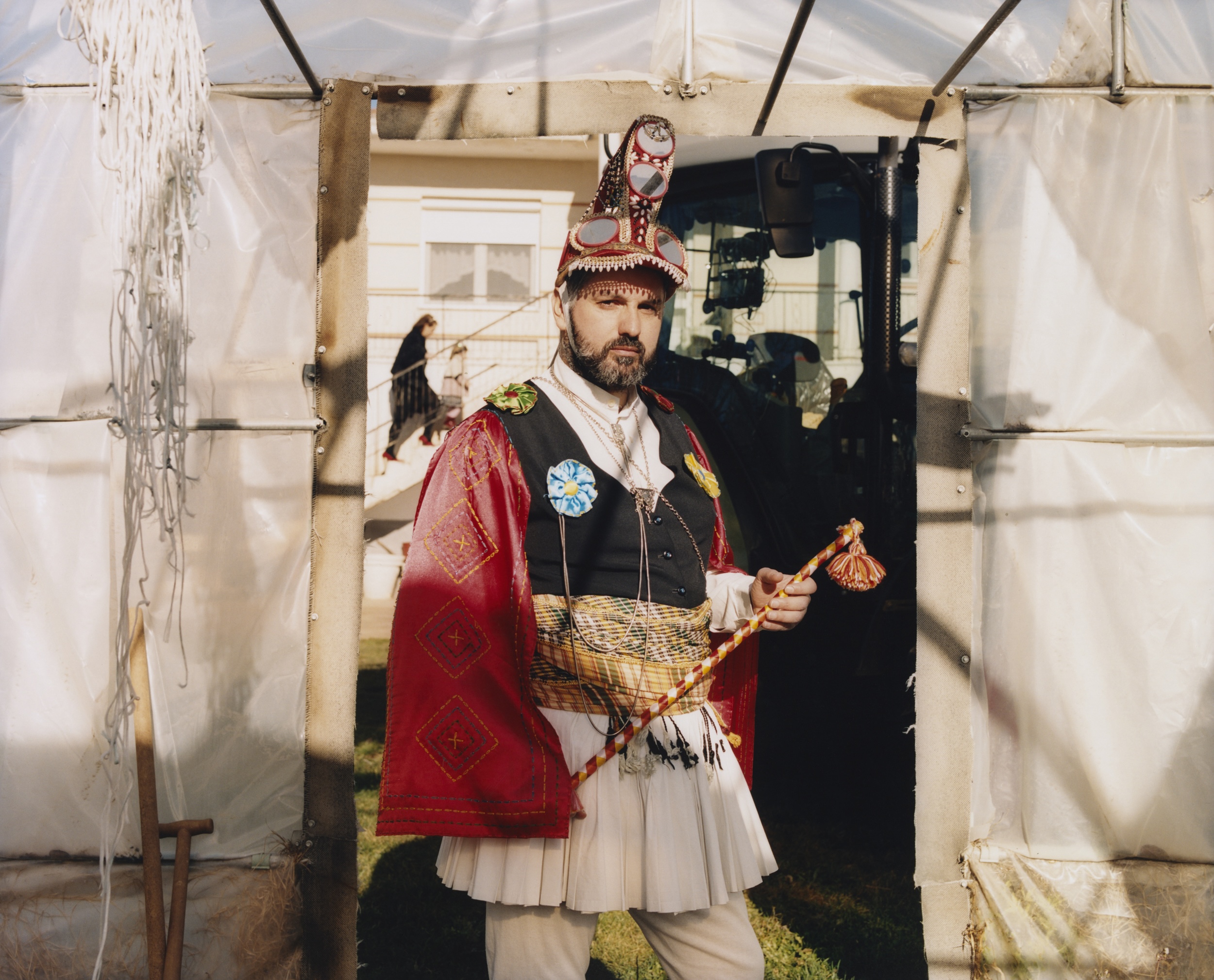© Alex Kurunis
We sit down with Slidefest organiser and Gulf Photo Plus Director Mohamed Somji to hear about the motivations behind the event and this year’s theme, Diaspora
How do two or more cultures interact? How does someone born between cultures identify themselves? How does the diaspora view their homeland? And how do they integrate into a society they have adopted as their own?
Slidefest February 2025 welcomes emerging photographers from across global diasporas, exploring projects that highlight the delicate relationship between culture, migration and identity. Five photographers will present a project for 7 minutes each, dissecting how they approached the series, their inspirations, and how they achieved the final outcome. There will be a Q+A at the end of the presentations for the audience to ask questions.
Books and prints by artists will be available for sale on the day. Find out more about the artists involved below and find tickets here.
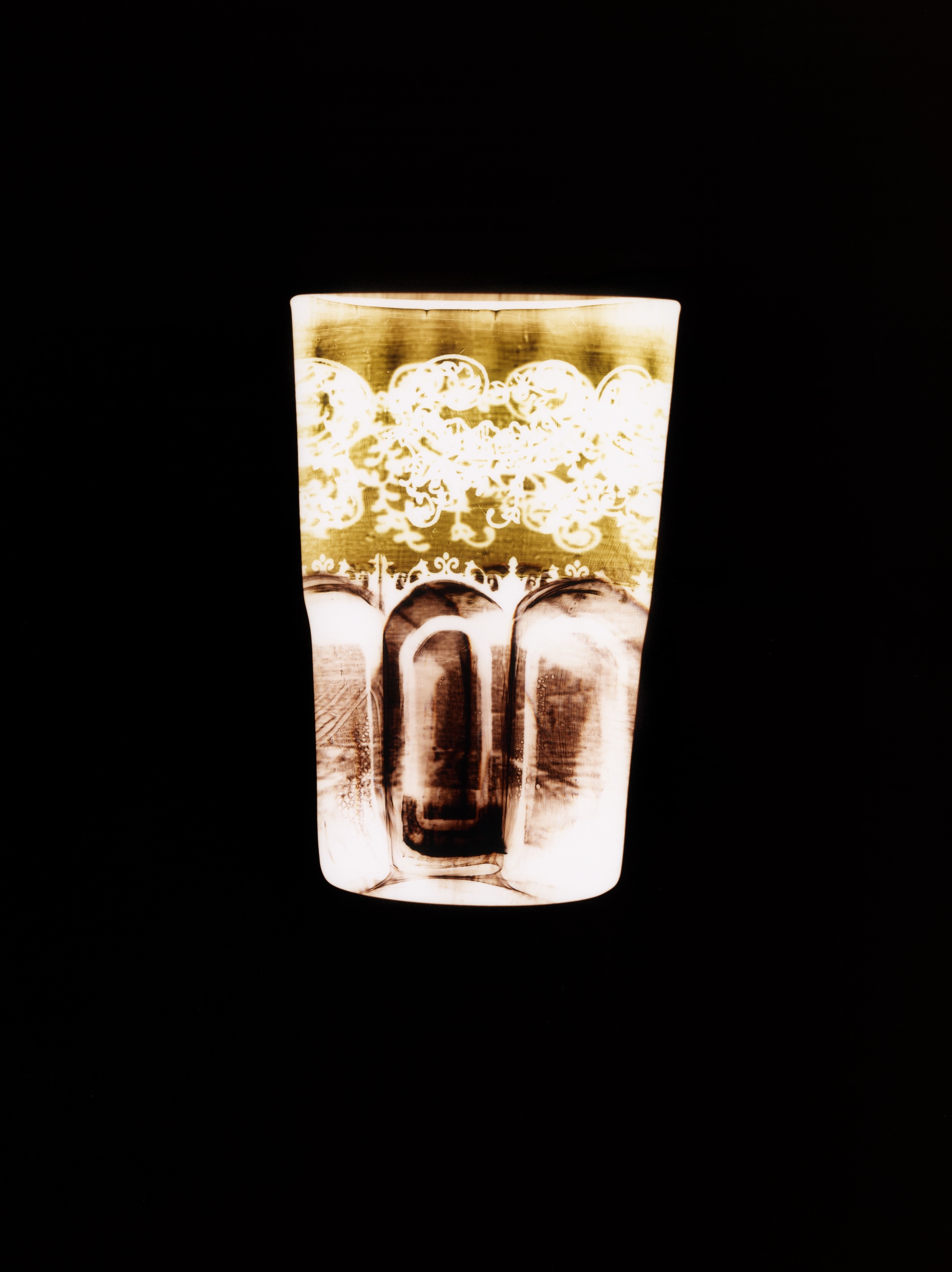
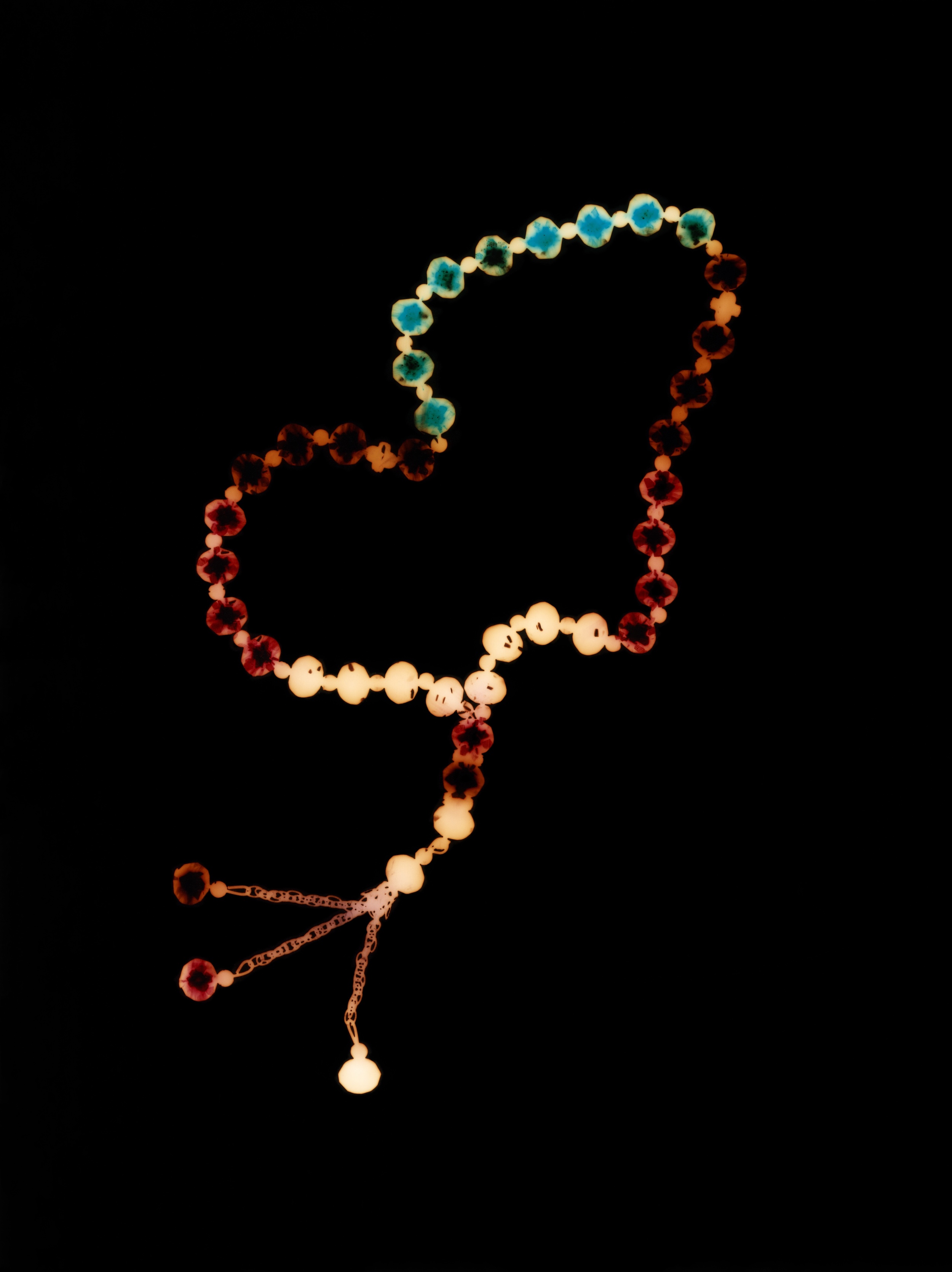
“We found that people who were not part of the ‘photo bubble’ enjoyed these Slidefests because they were able to learn about topics previously inaccessible to them”
BJP: Tell me about the history of Slidefest and its motivation.
Mohamed Somji: Slidefest began over 15 years ago out of necessity – at a time when there were no photography centres, galleries, or resources to support physical exhibitions in the SWANA region due to limited space and budgets. The idea was simple: to create a space where like-minded photographers could come together to share their work, discuss the origins and approaches behind their projects, and build connections. It was also meant to serve as a gathering point for the creative community and foster a sense of shared purpose.
We found that people who were not part of the ‘photo bubble’ enjoyed these Slidefests because they were able to learn about topics previously inaccessible to them, especially in our region, and the informality and friendly format helped bridge the gap between “snooty gallery” and an “institution” to something more accessible.
BJP: Why are you choosing to focus on diaspora and global migrant cultures for this edition?
MS: London, much like Dubai, has so many diasporic influences and communities who make the city what it is. Platforming diasporic work is central to our mission at Gulf Photo Plus, so it was a no-brainer. Especially in the times that we live in and the discourse around migrants, this work is important to share and celebrate.
BJP: What are some potent, past Slidefests you produced and why were they memorable?
MS: In the recent past, we have put up Slidefest Palestine editions in London and in Dubai with Palestinian photographers who are based there or in the diaspora – to have them share their accounts has been very powerful. Their voices are silenced time and time again, so to have them share their powerful work on their terms has been impactful.
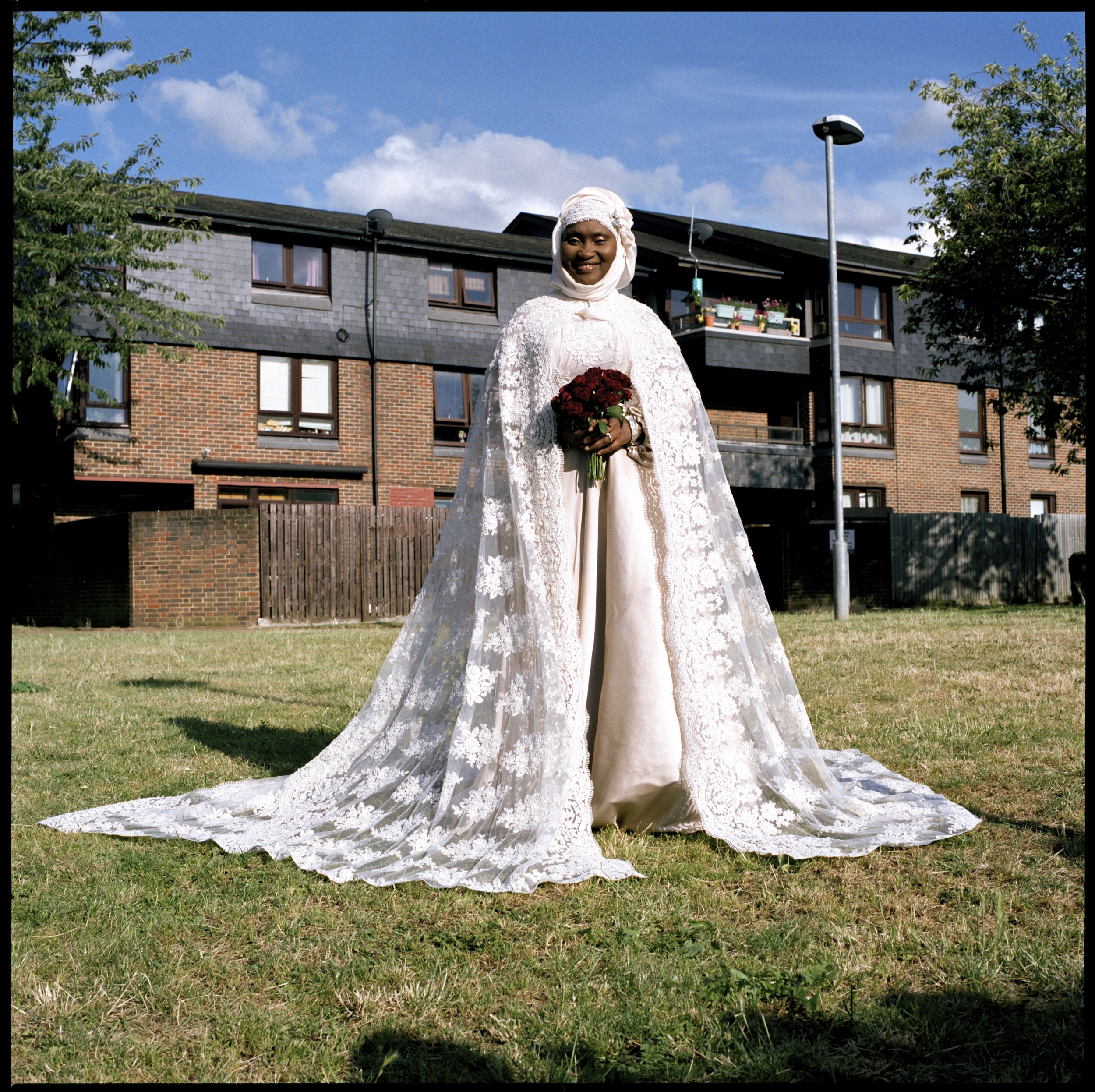
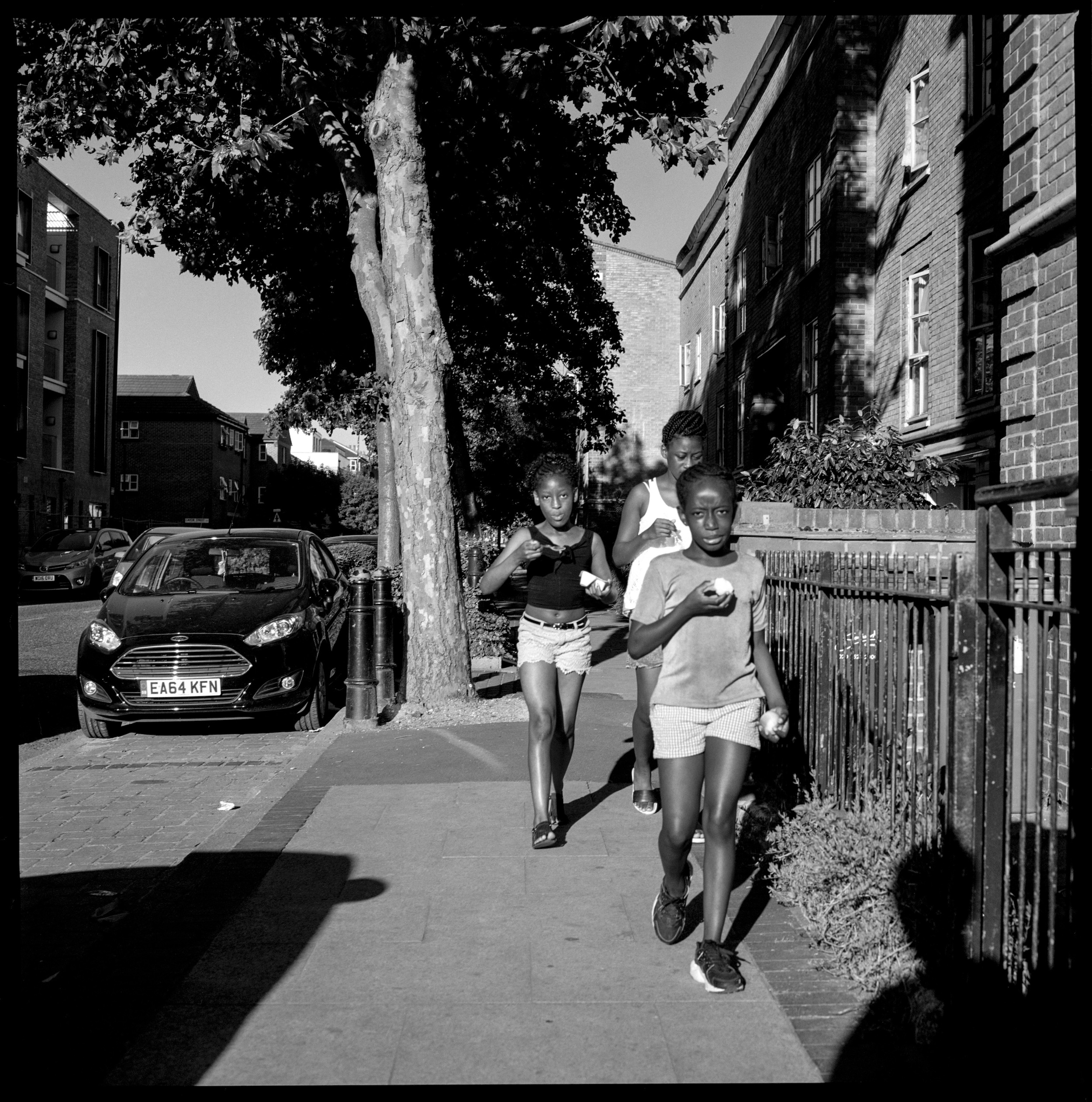
BJP: When is the next Slidefest?
MS: After London, its Slidefest Palestine at the Birmingham City University on June 3.
BJP: What can we expect from this edition of Slidefest with BJP?
MS: Much like other Slidefests, I love to hear photographers talk about their work and how those projects came to be and how they have shaped their thinking or practice. Also, the coming together of the photo community is important and I feel like London, while having a fantastic photo community, needs more of these events to bring people together, especially in these times so we will all be popping to the pub nearby after to keep those conversations going.
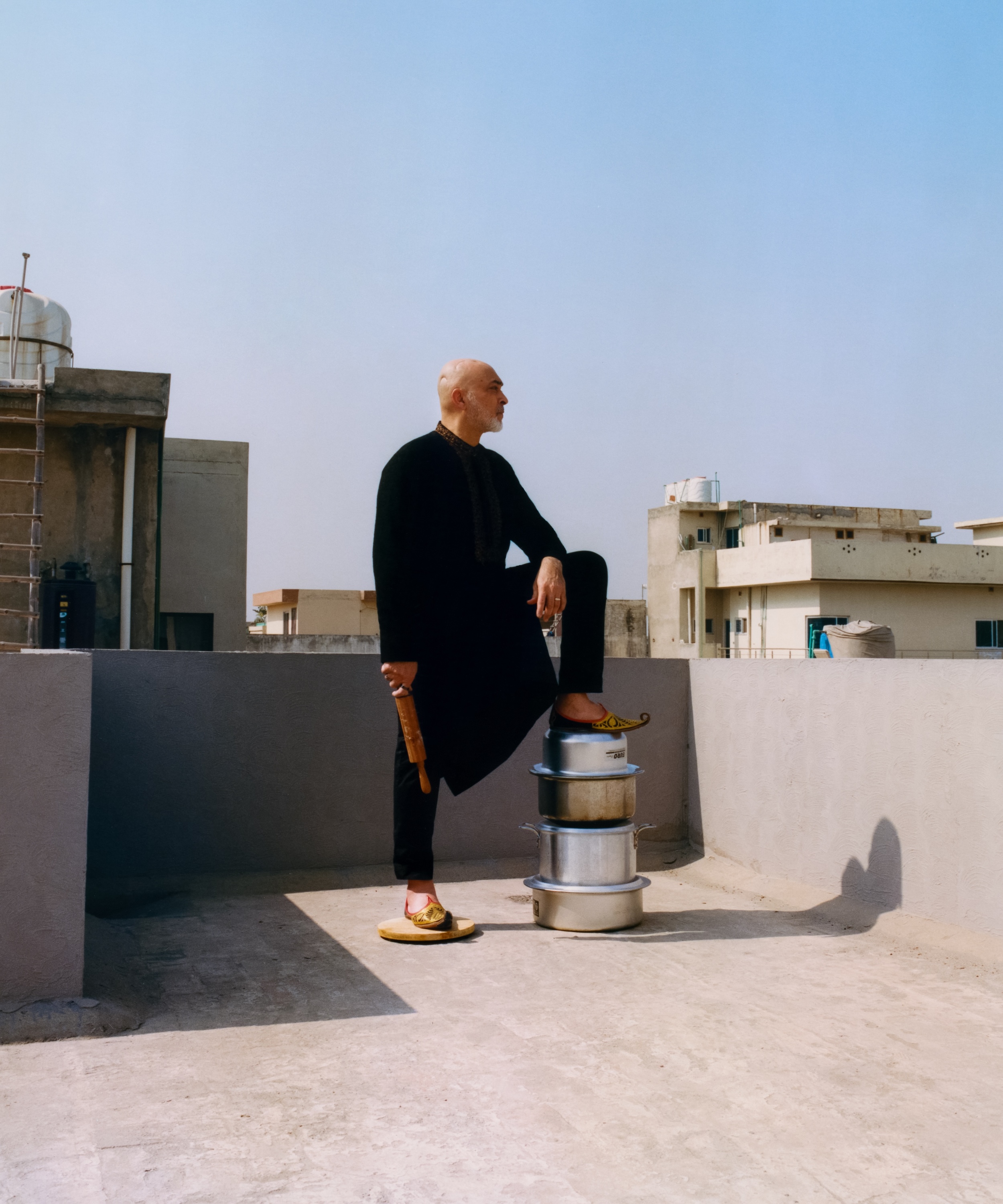
The participating projects
Adama Jalloh
Love Story focuses on Adama’s relationship with aspects of London and her admiration for the beautiful subtleties she comes across in Black communities. Mothers and their children in their best attires on a Sunday, school children owning the streets after 3.30 on weekdays, teenagers running errands for their mums or someone simply having a moment to themselves. All of these moments are things she wants to glorify because of how closely linked and familiar they are.
Love Story has also been a way to identify and connect with what can mean ‘Home’ to herself and others, whether that’s through people, objects or spaces. The project is an ongoing series that started in 2015, with the aim of documenting and preserving moments of those around her for others to look back on.
Kenneth Lam
Hong Kong & London-based photographer Kenneth Lam has created a series of seven exclusive photographs based on the newest historical and contemporary Rooms Through Time.
Known for his evocative and arresting still-life photography, this new series offers a contemporary interpretation of the period rooms by Lam – whose pieces typically explore heritage, identity, family and culture – through his own lens of home.
Each vignette of Lam’s is as distinct as the rooms themselves, weaving personal history, social commentary, and aesthetic detail into a unique visual narrative.
In collaboration with the curators and creative team at Museum of the Home, the artist gives viewers a taste of the personal narratives bringing these spaces to life. Each piece draws attention to the Museum’s collection of objects found throughout the period rooms in the gallery, re-contextualised with care to reveal how domestic objects can shape and reflect the lives of their owners.
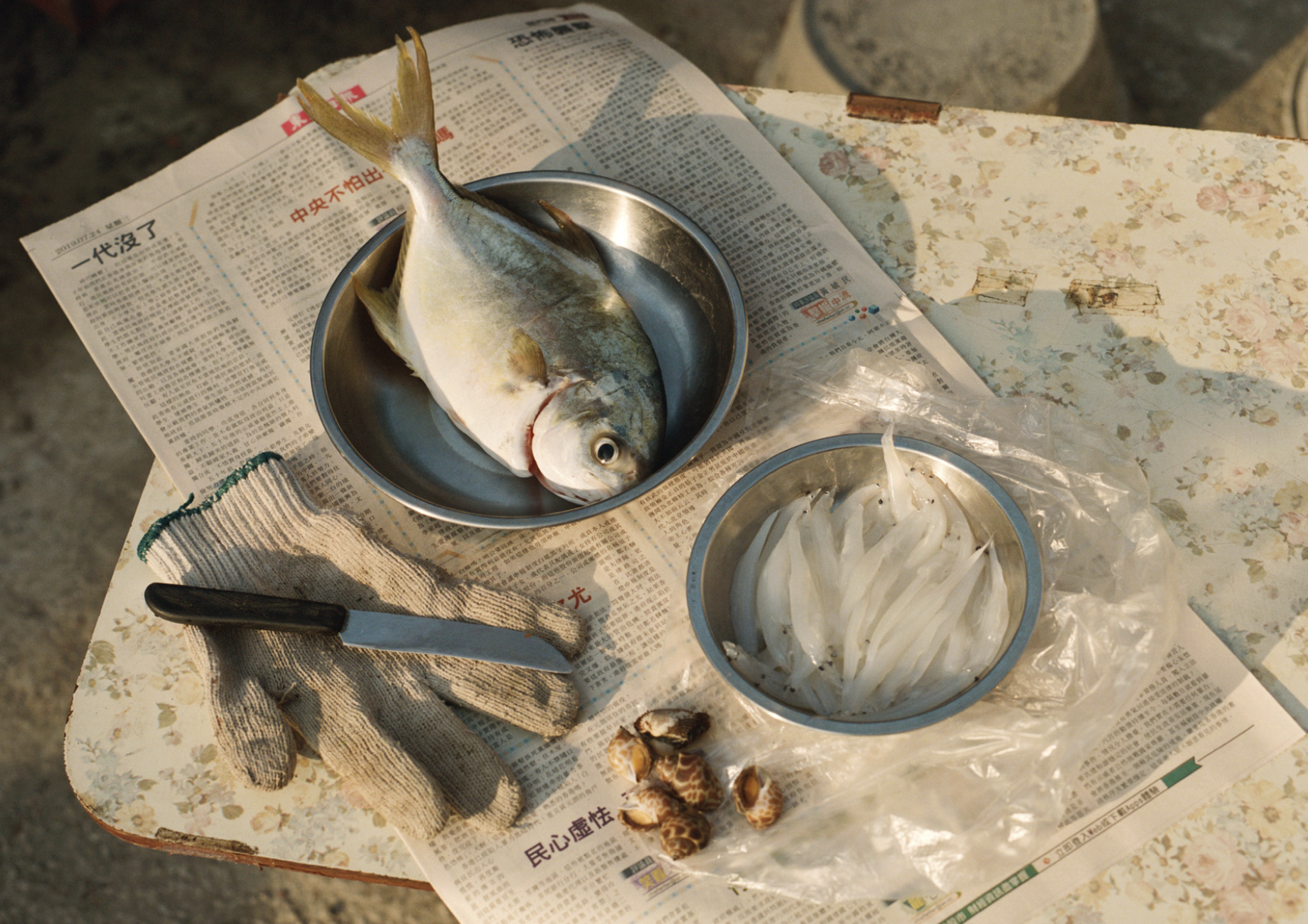
Alex Kurunis
On the 25th and 26th of December of every year, the UNESCO protected ancient custom of Kotsamania comes alive in Tetralofos, Kozani, Western Macedonia, against the backdrop of Greece’s largest power factory. A brutal yet beautiful landscape, inhabited by a resilient and proud community.
Despite Kotsamania falling at Christmas time, it has little to do with Christianity. It derives from ancient Greek theology, namely the God Momos – the god of satire and laughter. The name ‘Momoeria’ describes this kind of ritual in general, with other places across Greece displaying customs with similar themes. Consisting of 12 dancers, symbolising each month of the year, the troupe proceed through the town, dancing in the yard of each and every home. Blessing it for the year to come, and banishing it of the bad remnants of the one that has passed.
The history of the custom stems from Pontic Greeks who were displaced from Livera during a diaspora in the 1910s/20s. A large Pontic community settled within the Kozani area, bringing with them these traditions; Kotsamania acts as an integral way for them to connect with their identity and honour their ancestors’ memory.
The troupe, or Kotsiamans, dress in beautifully crafted folkloric attire, such as their hand embroidered bold red capes and their characteristic hats. The hats are adorned with beads and mirrors, which glisten in the varying intensities of sun throughout the procession. The hats are generally inherited by family, carefully repaired through time, linking ancestry through garments.
Tami Aftab
The Rice is on the Hob is a collaboration between Tami Aftab and her father. Tony Aftab lives with short term memory loss, that occurred as a result of an accident in operation almost 30 years ago for his brain condition hydrocephalus. Despite his memory loss impacting his day-to-day life, he’s never forgotten the dishes of his childhood in Pakistan. Food and cooking are now for Tony a coping mechanism for living with a chronic disability.
The project lives as a photo-meets-cookbook, inside there are 16 of Tony’s recipes and a multitude of his handwritten memories. Alongside a foreword by Jyoti Patel, and a 4-page interview between the father and daughter. This project has been supported by WeTransfer. £5 from each book sale is donated to Muslim Hands, to rebuild homes destroyed from the 2022 Pakistan floods.
Zaineb Abelque
Through objects of personal spiritual significance, Zaineb seeks to reconcile her dual experiences as a Muslim woman in the West through Trouves. Photographing Islamic ephemera in her family home she examines their aesthetic value. Creating a dialogue that resonates with many across the SWANA region and among Muslim-identifying individuals.
Reflecting the tension between the maximalism often found in the Global South and the minimalism imposed by Western ideals, highlighting the complexities of cultural hybridity. Using traditional photographic techniques, Abelque upscales and creates photograms of these objects. This process becomes a means of finding comfort between two worlds, examining the intersection of spiritual and aesthetic value within indigenous and cultural rituals. Her work offers a meditative exploration of identity, ritual, and the fluidity of belonging.

